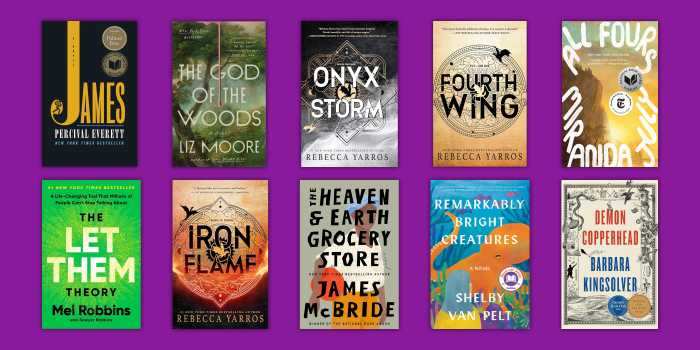By Kent Mancuso
The sexual revolution of the late ‘60s and the ‘70s seems centuries ago to those of us who lived through it. Baby boomers who were of college age during those years probably experienced a sense of awakening that now most high school kids take for granted. Cherished florid shirts, bell bottoms, disco records, and love beads from those years are probably all packed away.
A number of plays and films from those years championed “free love” and freedom of expression, most notably the Beatles films. On Broadway, Leonard Gershe’s “Butterflies Are Free,” made a notable impression at its premiere in 1969 — perhaps not so much for the bittersweet tale of a young blind musician asserting his independence from his overprotective mother by way of a sexually liberated attachment with a pretty young “flower girl,” but rather more so because the producers saw fit to have the young lovers romp through much of the play in their undies — quite a shocker at the time.
Frankly, if it were not for the undies, I seriously doubt that anyone would have bothered to take this whimsical romance seriously. Even then, the premise seemed hopelessly dated. What’s more, even though the boy was blind, he was a “rich kid,” set up in a Manhattan apartment by his super-rich suburbanite mother, hardly a case for winning our sympathies.
When Milton Katselas made his film of the play in 1972, Goldie Hawn and Edward Albert played the lovers. The mother was superbly portrayed by Eileen Heckart, in a performance that won her a Best Supporting Actress Oscar, proving that, in the right hands, the mother is the role of the play. (By the way, Paul Michael Glaser, later of Starsky and Hutch fame, was also featured in the film.)
With the current lust for things of the ‘70s (at least, platforms and bell bottoms, long straight hair, and bare mid-rifts), it is perhaps not surprising that this “antique” romance would make a fleeting return to the boards. Douglaston’s Theatre à La Carte mounted it two falls ago under the sensitive hand of director John Vicich. What made that production so unique was the sheer charm of the two young lovers and their deeply conveyed emotions. It also featured Nancy Keegan as the mother, of whom especially over the last year under other directorial hands I have become an unabashed fan.
Currently, the Astoria Performing Arts Center, product of executive director Susan Scannell, is mounting the piece as the kick-off production for its second season. Located in the heart of Astoria, right off the N and W subway lines, Scannell’s theater is more a semi-professional repertory group than a community theatre group. The audience has a sense of being in an off-off Broadway house from the minute they enter, indeed throughout the entire production. Rep members are wannabe professionals, rather than the talented community theater “amateurs” who fill up the rosters of Queens community theaters.
Scannell is offering an ambitious season of George Gerswhin music (November), Paul Rudnick’s “I Hate Hamlet” (February), and the musical “Nunsense” (May) sounds quite interesting. I can only wonder why she chose this whimsical production of “Butterflies” to start things off.
This is a character piece, rather than a plot-focused grabber. All the performers must be completely believable and engaging. The audience must really care for the plight of Don, the blind musician, and must find Jill, the “flower girl” innocently amoral — as much a delight as she is “shocking.” If the audience does not focus on these characters, the piece is rather empty. In the hands, Chris Santangelo and Lauren Milberger, the characters are sweet and moving, albeit Milberger has more of a sense of Ann Taylor about her than of the flower generation. However, I can imagine that younger audience members would wonder what all their angst is about. Unlike 1969’s college-age generation, today’s kids would have no problem telling “mom” to mind her own business. What still speaks to kids today, is the ability of the two youngsters to learn from each other, to share their joys and their sorrows, and to compromise.
Joan Faust’s mother is appropriately suburban. The role illustrated a dilemma that many parents should identify with — the difficulty of letting go of a beloved child, especially if the child is challenged in one way or another, and still showing the child that the parent cares. Unfortunately, this mother’s wealth and constant manipulation can side an audience against her. Faust is to be applauded for emphasizing the maternal emotion that she could share with mothers in the audience.
In short, the three leads projected creditable characterizations, though I must admit that TALC’s cast of two years ago was far more intense and uniquely portrayed a loving relationship. The one character who came across light years beyond the TALC cast was Ralph, portrayed by Tom Knutson. Within the constraints of extended walk-on, Knutson managed to create an interesting, realistic foil for Jill’s attentions, whereas TALC’s counterpart was more of a cartoon.
The Astoria Performing Arts production values, from lighting to set design were excellent, the seats were comfortable. As a great convenience for those who depend on public transportation (like me coming from Forest Hills), the theater is subway accessible. Located at 31-30 33rd St. in Astoria, one can take either the W or N train to Broadway and simply walk to 31st Avenue and 33rd Street.
I recommend this production for its overall success in characterization and production values, in spite of the dated material. There are three more performances this coming weekend: Friday and Saturday at 8 p.m., and Sunday at 6 p.m.
Audiences should appreciate Scannell’s efforts in creating another venue for the performing arts in this borough. Interestingly enough, their scheduled February production, “I Hate Hamlet,” was very well done by Theatre à la Carte just one year ago. I’ll be interested in how the forthcoming production will compare with the one at TALC, which I consider to be Queens best community theatre group.



































